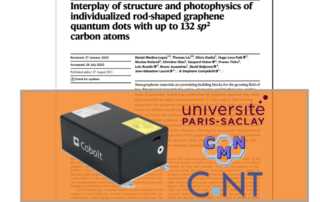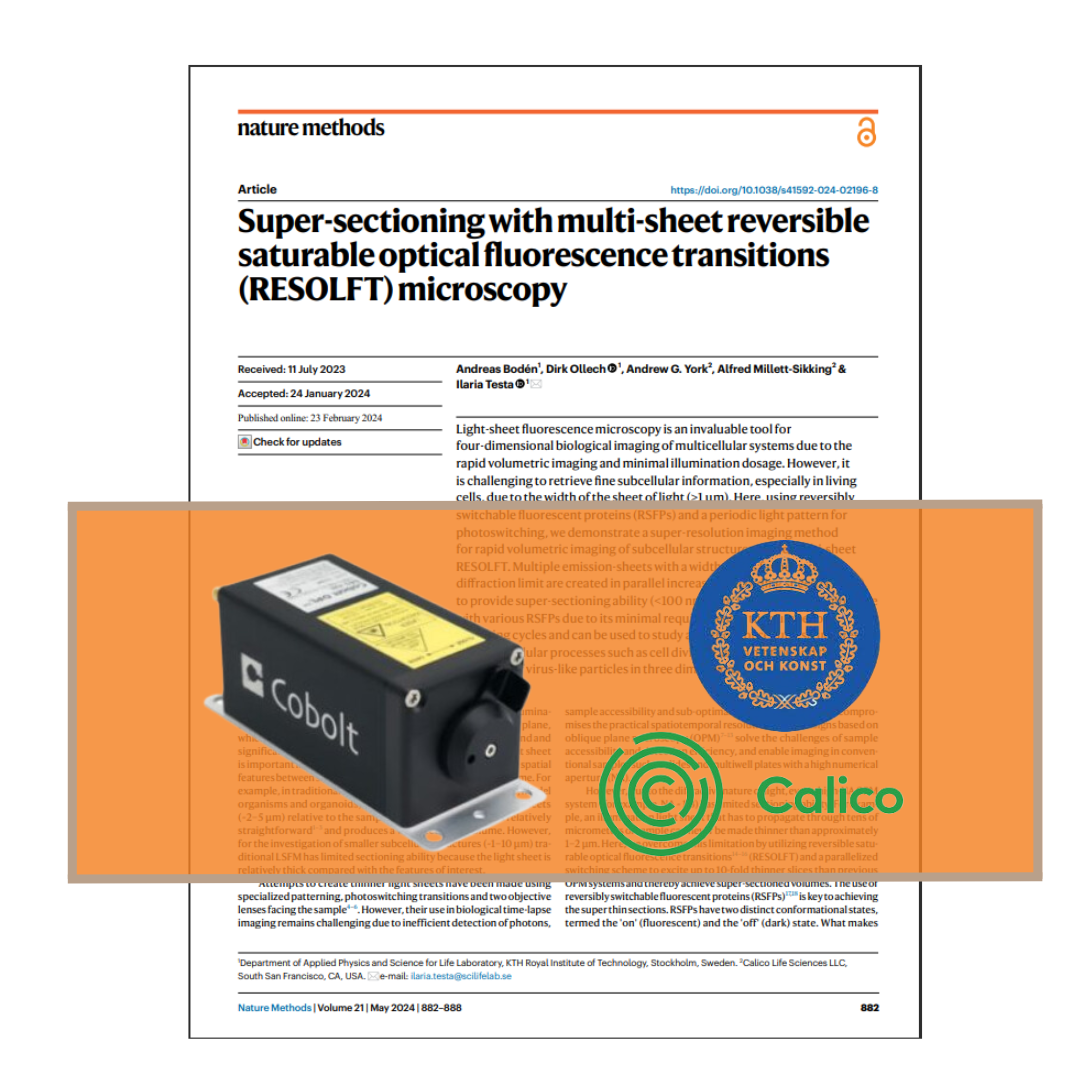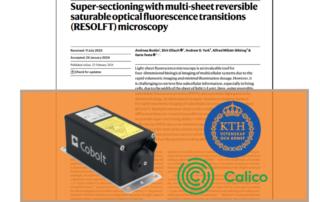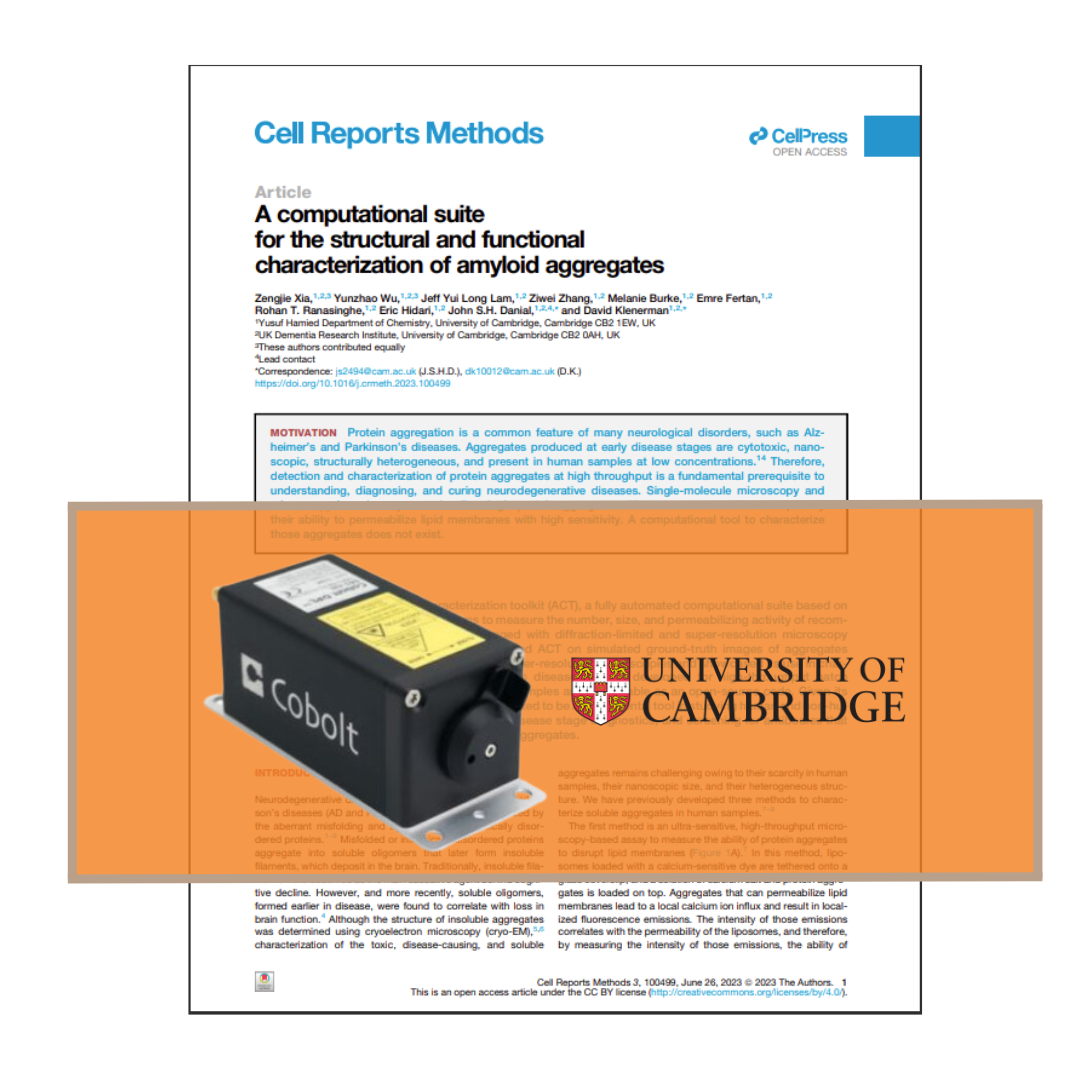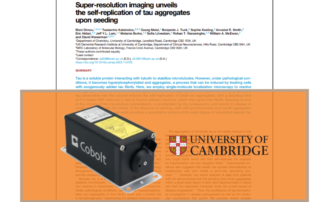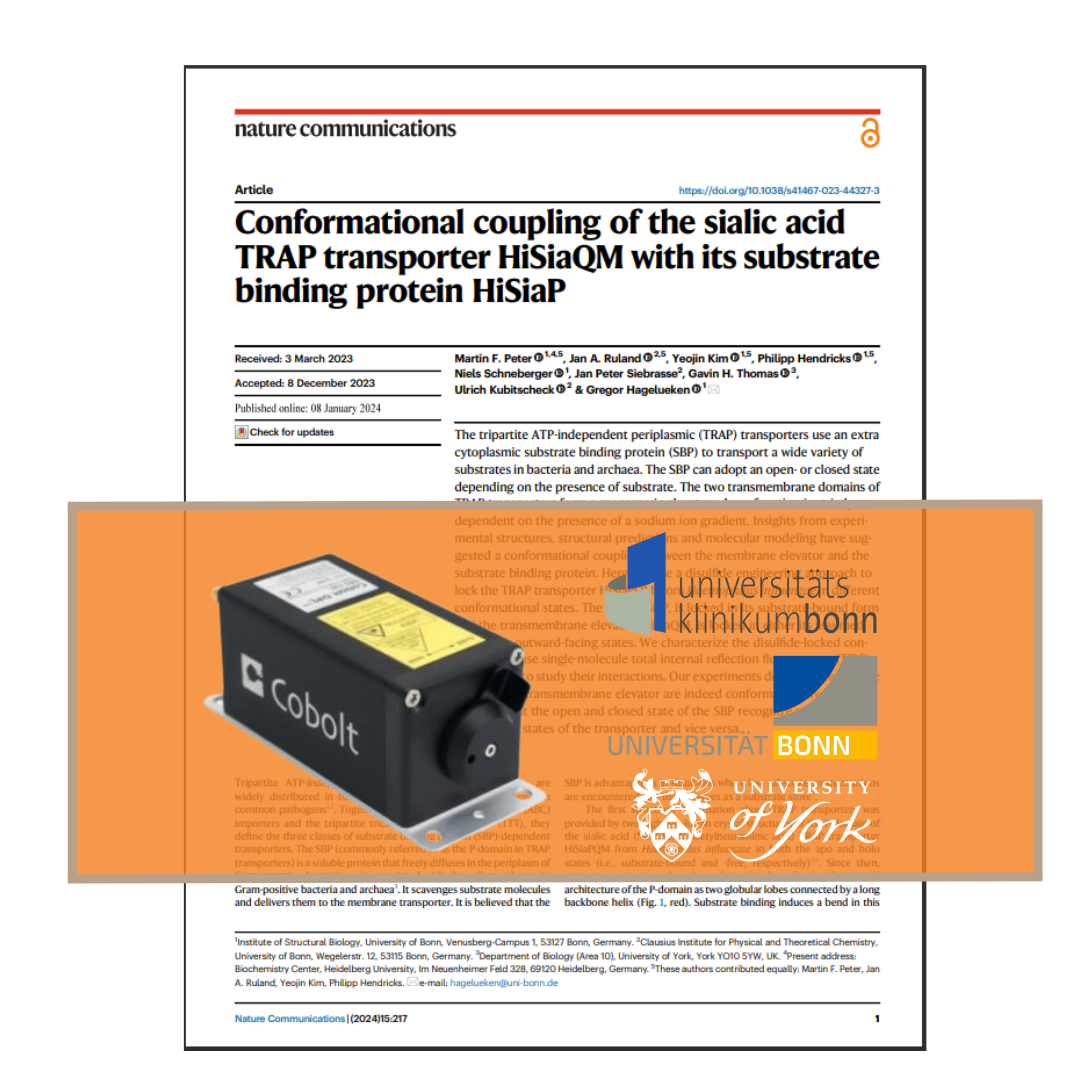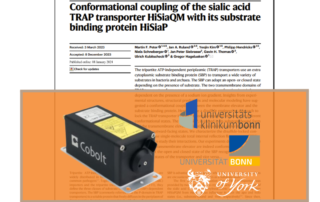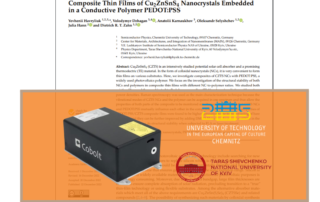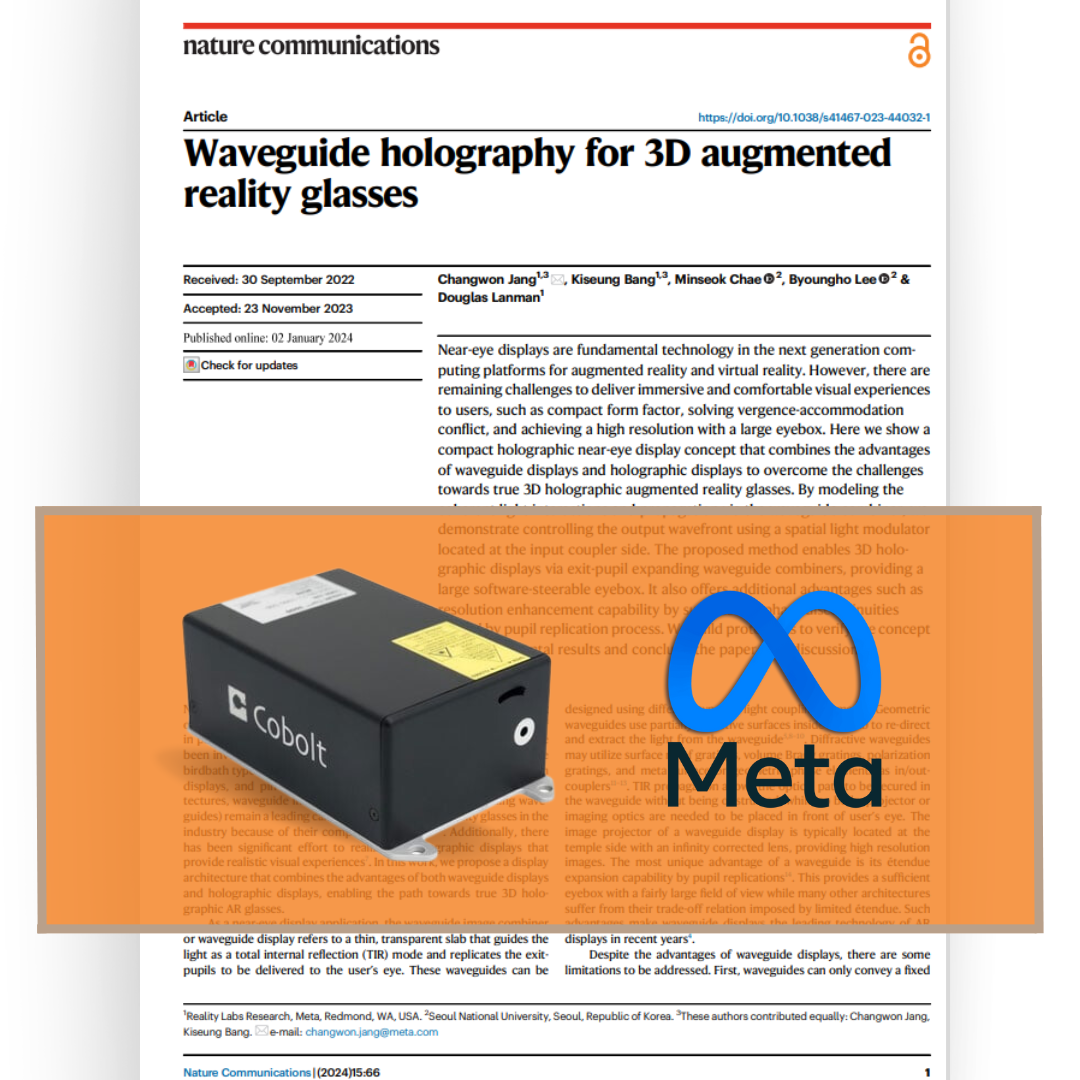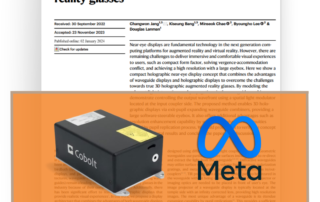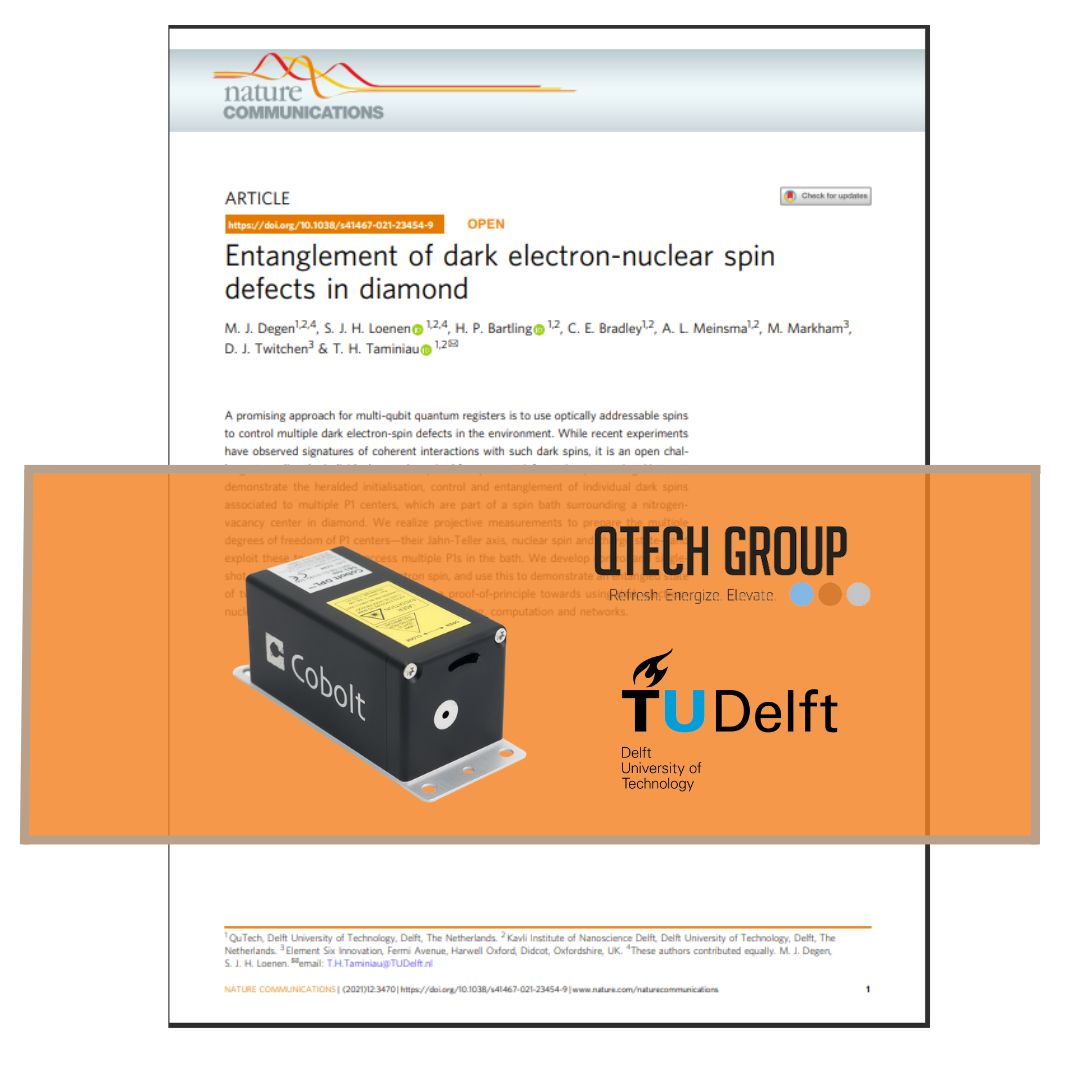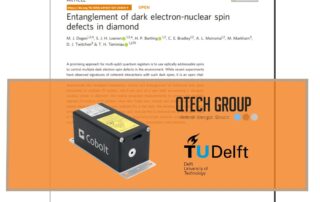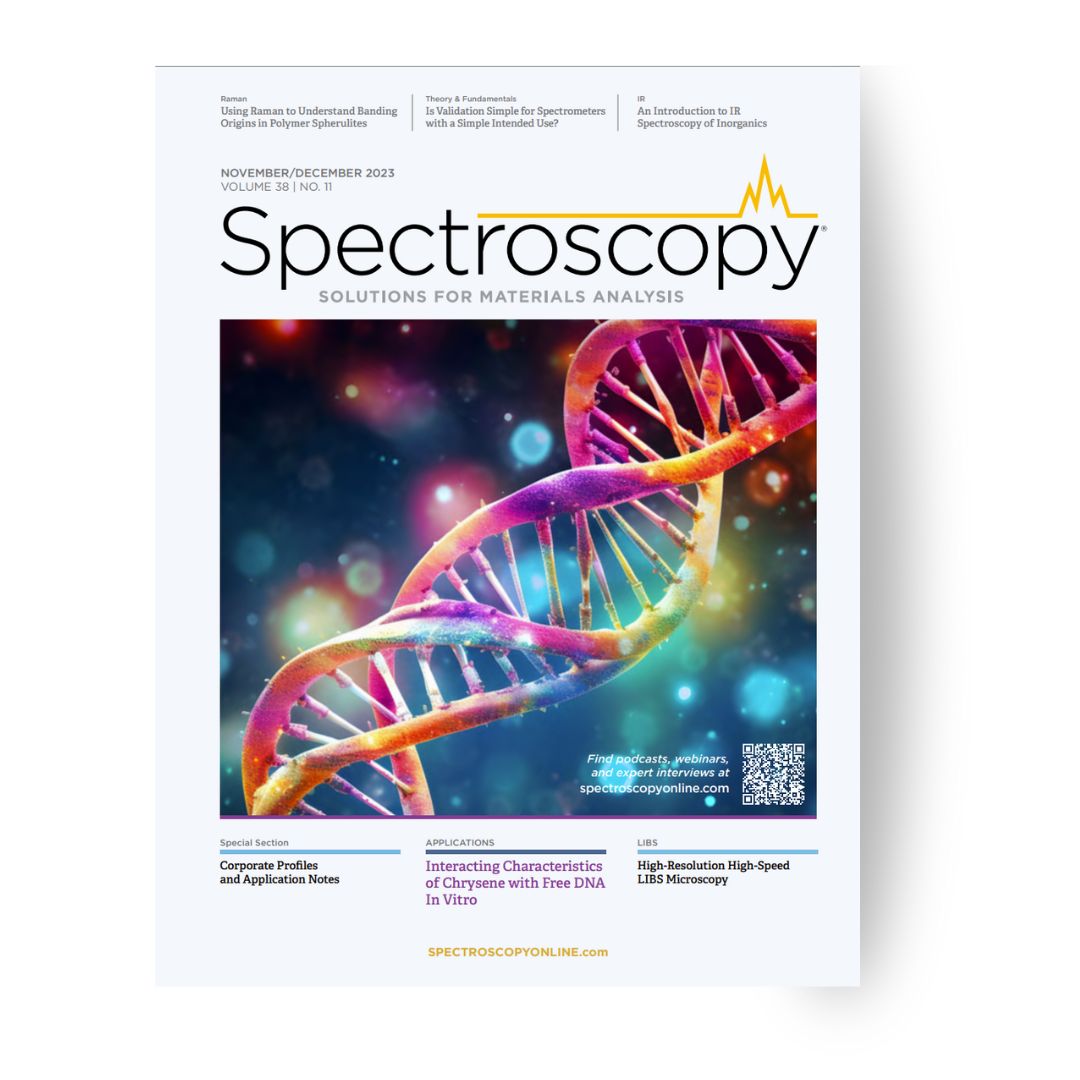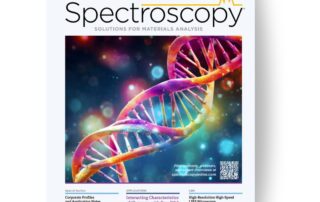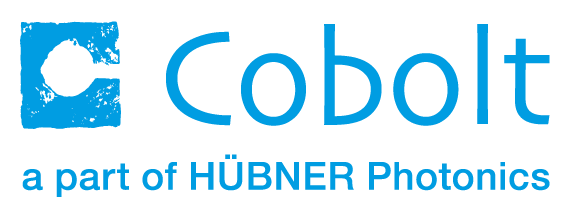New Discovery in Quantum Technology: Shining Light on Organic Molecules
Reversible spin-optical interface in luminescent organic radicals
Scientists have achieved a significant advancement in quantum information science by developing organic molecules that exhibit both efficient luminescence and near-unity generation yield of excited states with spin multiplicity S > 1. This discovery could lead to better ways of sensing and computing using the principles of quantum physics.
Historically, carbon-based quantum candidates have been non-luminescent, hindering optical readout via emission. However, the new organic molecules designed by researchers overcome this limitation.
The secret lies in a special design that allows these molecules to switch between different energy states quickly and efficiently. By linking certain chemical groups together, the researchers created a system where energy moves rapidly within the molecule, leading to a bright glow and stable high-spin states, which are crucial for quantum technology. The method supports high efficiency of initialization, spin manipulations, and light-based readout at room temperature. The experiment was conducted with the help of the Cobolt Samba CW 532 nm DPSSL laser.
The team behind the research is a group of scientists hailing from 9 different Universities and research institurions. These include the Universities of Cambridge, Oxford, Manchester and Swansea in the United Kingdom, Wüzerbug in Germany, Jilin in China, the University of Mons and the University of Namur in Belgium, and the Donostia International Physics Center Foundation in Spain. This was a noteworthy international collaborative effort which results were published in the international journal of Nature.
The integration of luminescence and high-spin states in organic molecules paves the way for new platforms in emerging quantum technologies, marking a notable stride towards advanced quantum sensing and computation.




